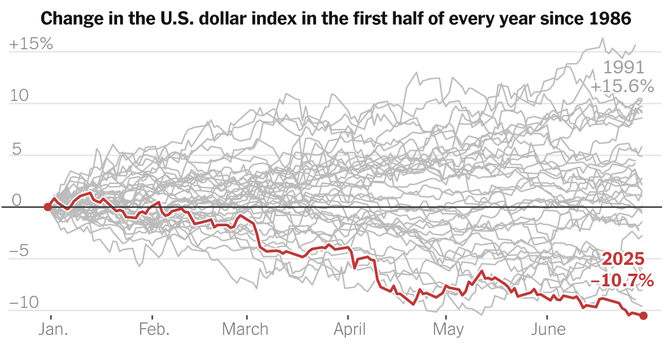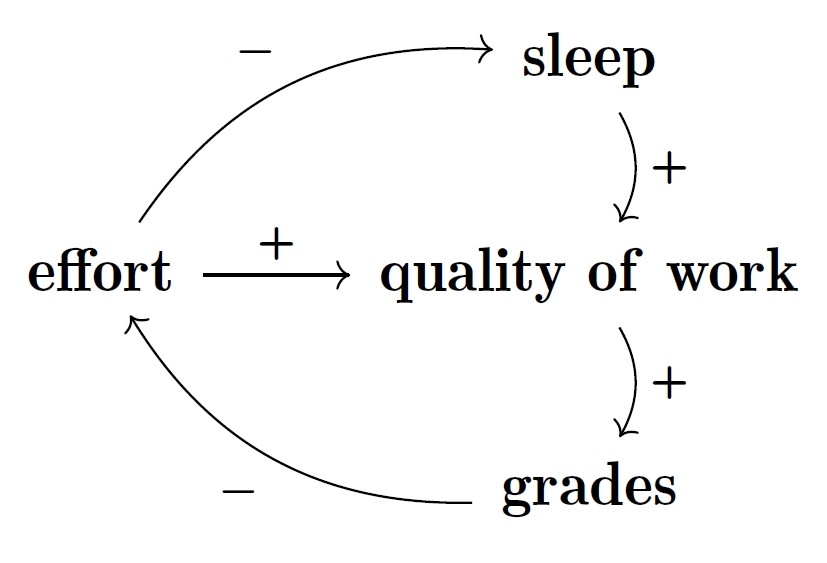PSA: So you want to be a good kid, and understand that UNIX file system paths are kind wonky, and not stable references to inodes. So you drink the Linux cool-aid, and become a heavy O_PATH user: you pin all inodes via fds, validate them before you open them, use openat() heavily to get from one inode to descendents and are extra careful everywhere. And you think you saw the light.
But then one day, you realize, you *actually* have been doing it all wrong.




